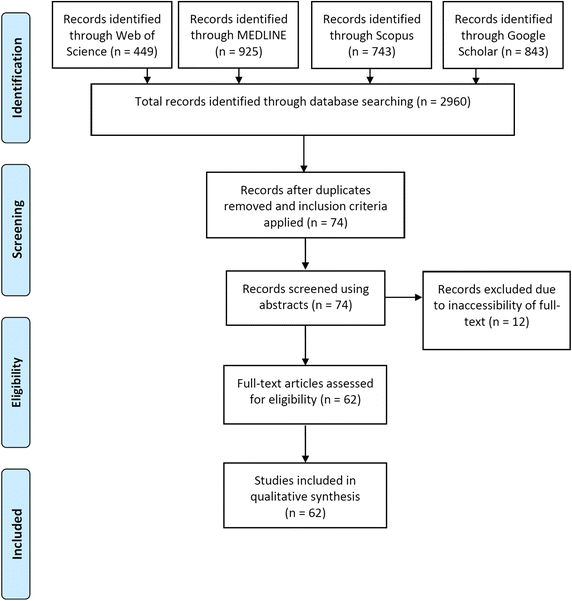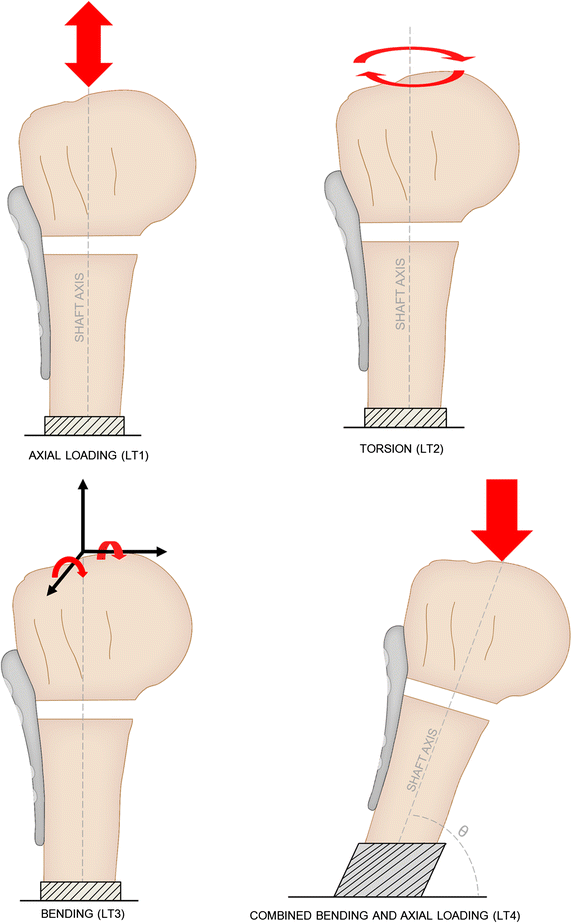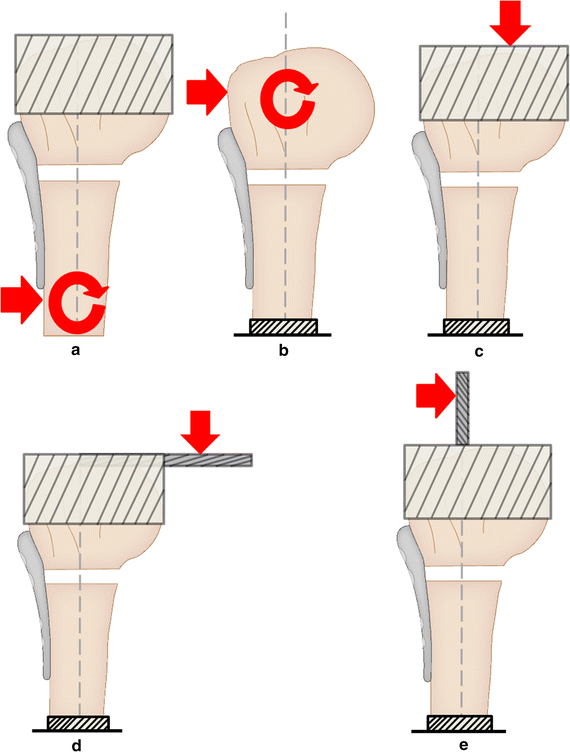Biomechanical analysis of plate systems for proximal humerus fractures: a systematic literature review
- PMID: 29703261
- PMCID: PMC5923007
- DOI: 10.1186/s12938-018-0479-3
Biomechanical analysis of plate systems for proximal humerus fractures: a systematic literature review
Abstract
Background: Proximal humerus fractures are the third most common in the human body but their management remains controversial. Open reduction and internal fixation with plates is one of the leading modes of operative treatment for these fractures. The development of technologies and techniques for these plates, during the recent decades, promise a bright future for their clinical use. A comprehensive review of in vitro biomechanical studies is needed for the comparison of plates' mechanical performance and the testing methodologies. This will not only guide clinicians with plate selection but also with the design of future in vitro biomechanical studies. This review was aimed to systematically categorise and review the in vitro biomechanical studies of these plates based on their protocols and discuss their results. The technologies and techniques investigated in these studies were categorised and compared to reach a census where possible.
Methods and results: Web of Science and Scopus database search yielded 62 studies. Out of these, 51 performed axial loading, torsion, bending and/or combined bending and axial loading while 11 simulated complex glenohumeral movements by using tendons. Loading conditions and set-up, failure criteria and performance parameters, as well as results for each study, were reviewed. Only two studies tested four-part fracture model while the rest investigated two- and three-part fractures. In ten studies, synthetic humeri were tested instead of cadaveric ones. In addition to load-displacement data, three-dimensional motion analysis systems, digital image correlation and acoustic emission testing have been used for measurement.
Conclusions: Overall, PHILOS was the most tested plate and locking plates demonstrated better mechanical performance than non-locking ones. Conflicting results have been published for their comparison with non-locking blade plates and polyaxial locking screws. Augmentation with cement [calcium phosphate or poly(methyl methacrylate)] or allografts (fibular and femoral head) was found to improve bone-plate constructs' mechanical performance. Controversy still lies over the use of rigid and semi-rigid implants and the insertion of inferomedial screws for calcar region support. This review will guide the design of in vitro and in silico biomechanical tests and also supplement the study of clinical literature.
Keywords: Biomechanical testing; Locking plates; Open reduction internal fixation; Proximal humerus fractures.
Figures




References
-
- Baron JA, Barret JA, Karagas MR. The epidemiology of peripheral fractures. Bone. 1996;18:209S–213S. - PubMed
-
- Baron JA, Karagas M, Barrett J, Kniffin W, Malenka D, Mayor M, et al. Basic epidemiology of fractures of the upper and lower limb among Americans over 65 years of age. Epidemiology. 1996;7:612–618. - PubMed
-
- Helmy N, Hintermann B. New trends in the treatment of proximal humerus fractures. Clin Orthop Relat Res. 2006;442:100–108. - PubMed
-
- Harrison JWK, Howcrofr DWJ, Warner JG, Hodgson SP. Internal fixation of proximal humeral fractures. Acta Orthop Belg. 2007;73:1–11. - PubMed
-
- Rowles DJ, McGrory JE. Percutaneous pinning of the proximal part of the humerus. An anatomic study. J Bone Joint Surg Am. 2001;83:1695–1699. - PubMed
Publication types
MeSH terms
LinkOut - more resources
Full Text Sources
Other Literature Sources
Medical
Molecular Biology Databases

